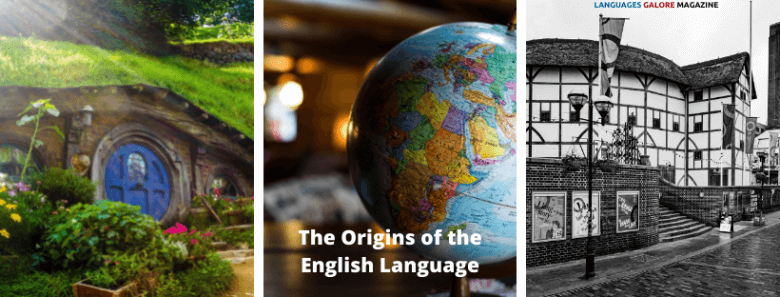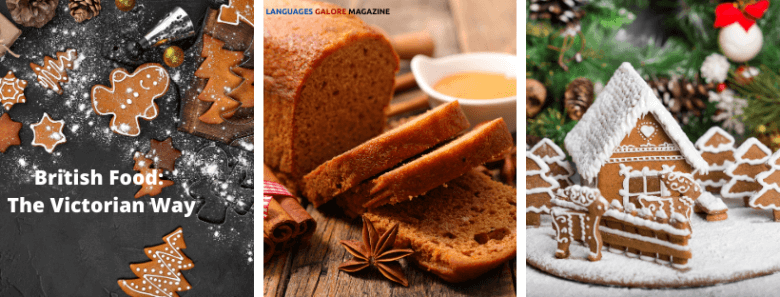This content has been created with the aid of AI.
This content has been created with the aid of AI.
This content has been created with the aid of AI.
In the ancient days of Native American folklore, there lived a mischievous and clever character named Coyote. Coyote was known far and wide as the ultimate trickster, and his stories have been told for generations around campfires. Coyote was a sly and cunning creature who could shape-shift and outwit just about anyone or anything. He …
Whether you are a fitness enthusiast or a couch potato, it is hard not to admire people who compete in marathons and recognise the almost epic nature of their achievements. A marathon is a 42.195 km road race that has been part of the modern Olympic Games since their beginning, in 1896. It is inspired …
Trick or treat? It’s Halloween today! By the way, did you know that Halloween is a Celtic festival? Halloween is a Celtic festival which was born in Europe. It was also celebrated in France, Italy, Swtizerland, Germany, Austria, north of Spain, England, Wales, Scotland and Ireland, all the countries where the Celts lived. In Ireland …
Autumn has arrived It’s October now and we’re in Autumn. The days are shorter and colder. It’s also started to rain. We’re going to school and summer is over. It really looks sad, but autumn is great fun too! There are a lot of nice activities to do! What can you do in autumn? Well, …
It rains a lot in Britain, doesn’t it? So, it’s quite normal in English to have many different ways to describe the rain. We may have drizzle if the rain is very light, or a shower if it is a short period of rain, a downpour if it is heavy rain or we can say …
Languages evolve all the time. English, too, was born a long time ago, and has never stopped changing since then. It was born from a mixture of different languages brought by different peoples over more than 2000 years of history. You can imagine English as a big soup, where everybody contributed by putting in some …
During Victorian England urban poverty was visible in degraded areas of London. The diet of English workers at that time was based on bread and potatoes, with bacon when extra earnings could be saved, as well as one of the most famous British fast food: fish and chips. The main problem of Londoners during the …



